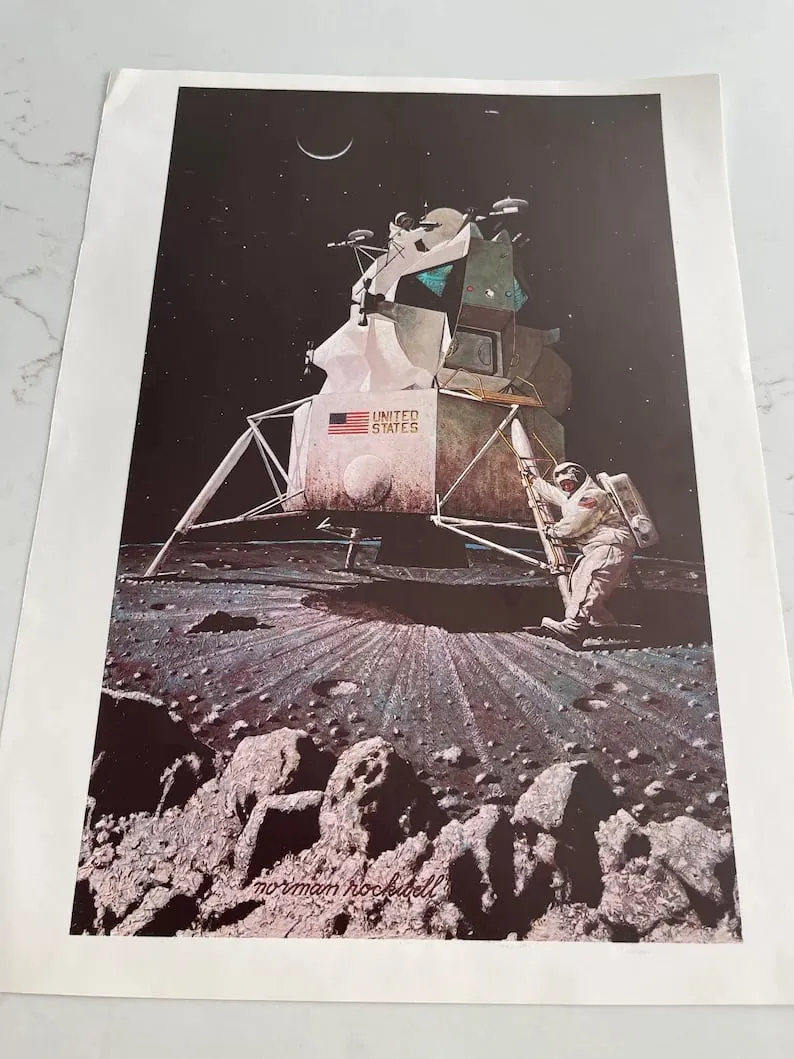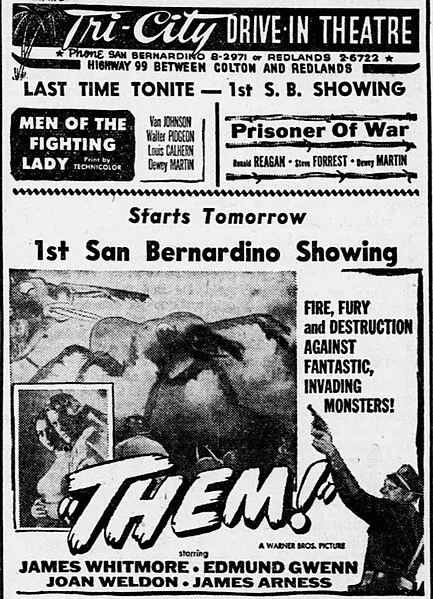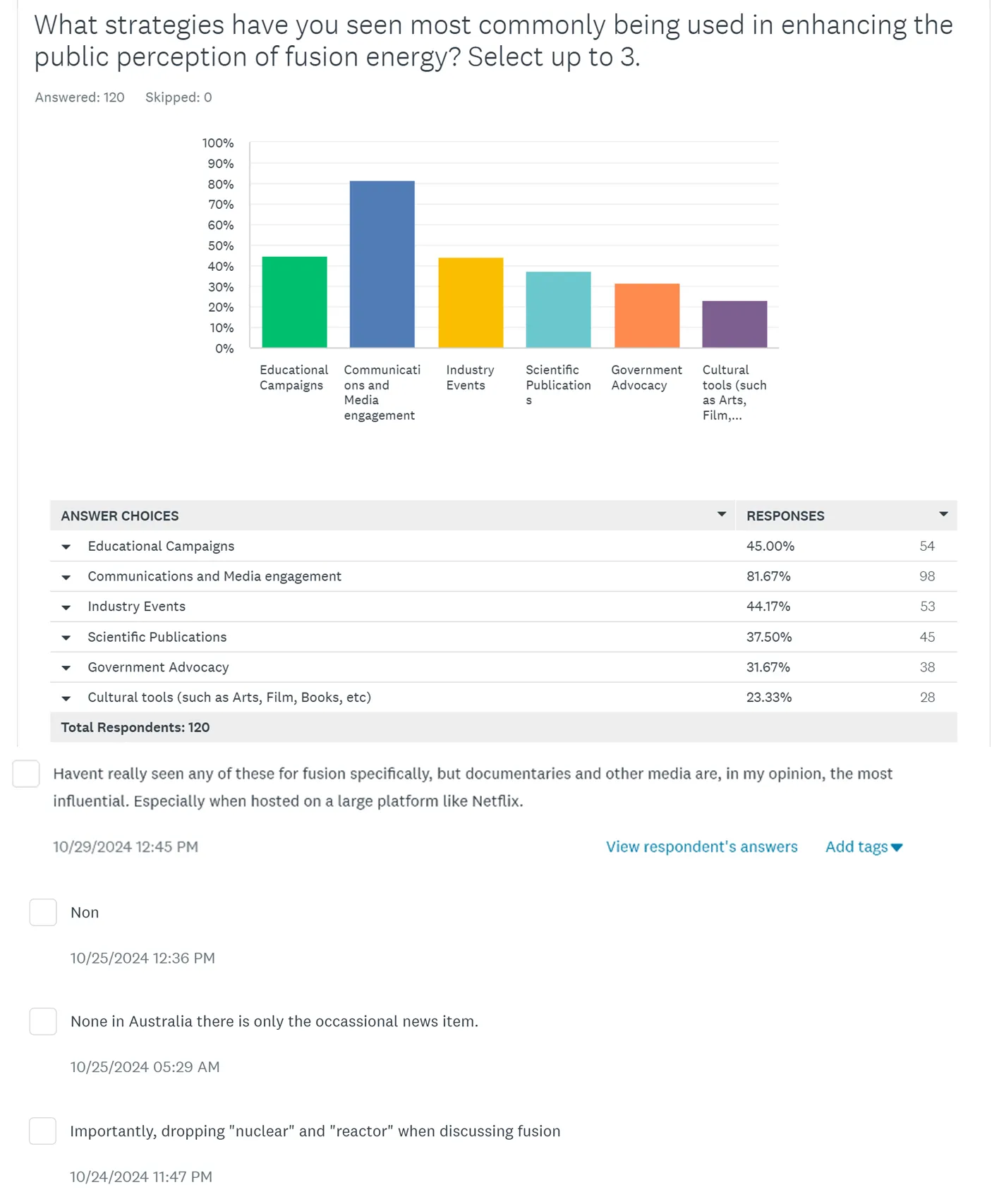Culture and "soft power" in the development of the fusion industry
By Kruti Mawani Fayot
“Fusion will be ready when society needs it.”
As enthusiasts of fusion science, you may have heard of this quote by Russian physicist Lev Artsimovich. He dreamed of a fusion reality in the 1950s but with the technology that was available then, it seemed impossible.
Today though, there exists two groups within the fusion community who are in contradictory camps of belief when it comes to fusion’s timeline: one side believes we can achieve commercial fusion energy in the coming decades, whereas the other is sure we’ve still got a long time to go. Nonetheless, both agree that development in fusion needs to continue at all costs for the rise of a new industry and society of a Fusion Future.
But how do we get to this Fusion Future? Is progress in science the only factor blocking us, or are we blocking ourselves?
To answer this question, I look at the development of the fusion industry through the lens of Soft Power.
Soft power is defined essentially as the ability to reach a desired goal through attraction, whether that be for individuals, companies, industries or nations. It can attract and influence through culture, values, and diplomacy rather than coercion, sanctions, wars (‘hard power’) and plays a crucial role in impacting perceptions and behaviors. In the context of fusion industry building, it’s how cultural narratives, strategic communications, attracting talent and forming partnerships in business and politics can accelerate the adoption of this transformative technology.
I work as a Communications Consultant at ITER, with a background in International Relations and Arts Management. I recently published a thesis: The Role of Soft Power in the Development of the Fusion Industry.
Here are 3 insights from that work.
1. Culture is a Soft Power tool, engaging the human brain to drive decisions – but Fusion hasn’t taken advantage of this yet
Culture is one of the sources of Soft Power, as first published by professor Joseph Nye in 1990. Soft power includes tools such as art, film, performance, literature, fashion, music and mass entertainment.
Far from being just “marketing tools” as some analysts believe, cultural sources simplify complex information and create emotional connections, making them powerful instruments of soft power. This helps them to influence and shape public perception more effectively.
Research shows that art-based science communication engages parts of the brain like the prefrontal and orbitofrontal cortex, which are involved in processing emotions, decision-making, and reward evaluation. These areas integrate sensory, emotional and cognitive information, creating a heightened state of receptivity. In other words, the brain is more receptive to information presented through forms of art, making it easier to understand, accept and—as a result—act upon. This is presented as affective modes of communication, instead of cognitive.
This bridge between art and science is found to be a trend in presenting topics such as climate-change to raise awareness, attract talent and shape public policies. If issues like wars, diseases or disasters aren't shared in a compelling way, they often fail to spark public discussion and may never make it onto the agendas of policy-makers or economists.
Science organisations such as CERN (ArtsatCERN) and NASA (NASA Art Program) both have art programs that they use to communicate about their internally-curated topics for the public, in an effort to engage and inspire viewers. Such engagement is interpretated as a way to capture audience’s beliefs and endorse public support for their agendas to continue in the long term. The Fusion industry has yet to reach this level of engagement with the public, though some efforts have surfaced with documentaries, art exhibitions, and most recently, a fashion collection by designer Gabriela Hearst. Many of these cultural initiatives though have often been initiated by outsiders themselves, and are not a coordinated effort from the community players.

Magazine page featuring “Man on the Moon” oil on canvas painting by American artist Norman Rockwell. This artwork was published in 1967 in the magazine “Look” two years before the first moon landing took place. Coincidence or Inspired? Choose your camp. ©CozyBookNook on Etsy.
Read more in Chapter 2.5: The Science Behind Art, p51 of the thesis.
2. Film directors were Inspired by Nuclear Fission’s Disasters, not Successes.
Fusion energy has the advantage of learning from the successes and mistakes made by the fission industry. However, it also carries some of Fission’s baggage along with it and, a result, has to always justify itself.
A recent research study in 2021 entitled “Filming the Atom: Systematically exploring images of nuclear energy and their messages in popular movies” by Marinho et al analysed 356 films that were released between 1945 and 2020, and noted that directors portrayed fission negatively in 96.35% of cases across all film categories (including documentaries), with themes ranging from nuclear accidents, terrorism, genetic deformity, weaponisations and war. Even in films that did not seek to directly highlight fission in a negative light, it generally wound up doing so. Fission often became the “villain” – as seen in films in 1954 and even to today, such as the French film Grand Central where radioactivity was the symbolic killer of love between the main characters. The disasters from nuclear-related topics have fueled countless films with box-office successes and prolonged the negative themes - focusing on the effects of hard power (weaponisation of fission energy) that seeped into firms and ultimately, the consciousness of viewers.

“A drive-in theatre advertisement for the American sci-fi film, ‘Them!’ from 22nd June 1954. ‘Them!’ was a black and white science-fiction film, released a month and a half before the Hiroshima bombing, featuring one of the first “nuclear monster” plots – mutant ants created via nuclear fission tests in the desert. The film made $2.2 million in revenue, a box office hit. Image: Public domain.
Some fission films have also influenced talent recruitment and industry regulations. Another study, for instance, found that Grand Central showed fission contractors occupied terrible living conditions which sparked public discussions. This portrayal negatively impacted the reputation of the fission energy sector, ultimately leading to stronger safety regulations as public awareness of such issues increased.
The fission sector may have missed opportunities to contribute to the narrative. Different films and other cultural forms of Soft Power tools could have contributed to bring about a more balanced perspective to the nuclear industry.
Fusion needs to be one step ahead and control its narrative if it wants to be taken positively as an energy solution of the future.
Read more in Chapters 3 and 4: Research Methodology and Findings.
3. For the fusion community, many Soft Power opportunities lie unexplored
Soft Power has more sources than just Culture, it includes Politics (diplomacy, policies, incentives) and Economics (investments, partnerships, supply chains, and business growth).
Before strategising which Soft Power instruments to use, it’s first important to check the temperature of the water. Meaning: what does the community itself think of soft power instruments, and which ones have they been utilising?
I designed and sent out a customized survey to the fusion community and received 120 responses from people in both the public (e.g. ITER, government agencies, academia and non-profits) and the private domain (private company employees, suppliers).
51% of the respondents believed the public views the fusion industry as “Somewhat Positive,” with only 4% selecting ‘Negative.’ This shows that there is a scope for development in the instruments used for awareness and public impact, where Fusion doesn’t have as steep a hill to climb as Fission did.
Of all the strategies being used for public impact within the fusion community’s circles, “Communications and Media engagement” is the mode currently being used the most, as seen in the chart of survey results below. In the fusion industry, we’re using more cognitive communication strategies, rather than affective. Though there is still a lot of value for Political, Financial and Educational Instruments by the community, they are found to be under-utilised when it comes to industry building.

Results from Survey showing where the fusion community puts most importance when it comes to impacting the public on fusion awareness. ©Kruti M. Fayot, ‘Role of Soft Power in the Development of the Nuclear Fusion Industry’
A specific point about Culture is demonstrated through the fusion advocacy by fashion designer Gabriela Hearst.
Hearst organically advocated for fusion energy, adding to the positive image of fusion as a whole. Her fusion-inspired fashion show in 2022 reached a highly diverse public which the fusion community would not have managed to reach. However, her targeted work did not reach more than half of the survey respondents (the fusion community) – showing a lack of coordination between cultural instruments and the fusion community players.
 Under the French fashion powerhouse Chloé, Gabriela Hearst designed the first fusion-inspired fashion show in Paris where everything from the clothes, accessories, pink plasma stage lights and donut-shaped runway radiated Fusion Energy. ©Front-row attendee, Laban Coblentz - ITER Organization.
Under the French fashion powerhouse Chloé, Gabriela Hearst designed the first fusion-inspired fashion show in Paris where everything from the clothes, accessories, pink plasma stage lights and donut-shaped runway radiated Fusion Energy. ©Front-row attendee, Laban Coblentz - ITER Organization.
Key Takeaway
Just like superconducting magnets are vital for keeping the high-energy plasma in a fusion reactor under control, Soft Power acts as the force that shapes its own “political plasma”: the human spirit.
However, no single tool of soft power can do it alone when it comes to getting people interested in fusion energy’s role in global politics and economics. It takes a combination of efforts—art, engaging educational workshops, financial incentives, smart policies, innovative suppliers, skilled talent, and creative partnerships—to create a lasting impact. The fusion industry must take the lead in shaping its story, rather than letting fear (as seen in the fission industry) dominate the conversation.
Read more:
*Research study 1: “Filming the Atom: Systematically exploring images of nuclear energy and their messages in popular movies” by Marinho et al
*Research study 2: The representation of nuclear power in cinema: The contribution of a filmic analysis to understanding the public debate by Portelli et al
*Full thesis publication: The Role of Soft Power in the Development of the Nuclear Fusion Industry
